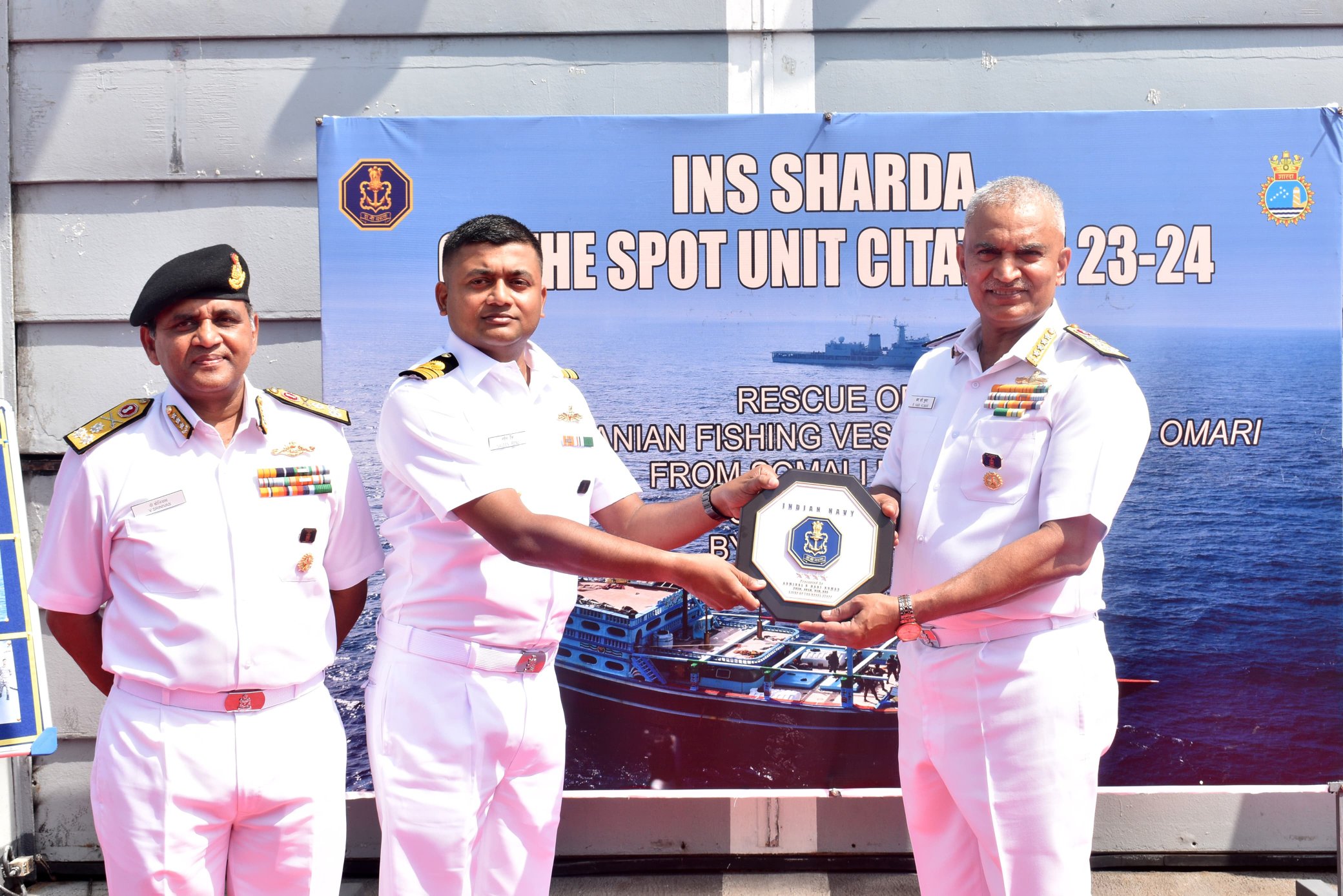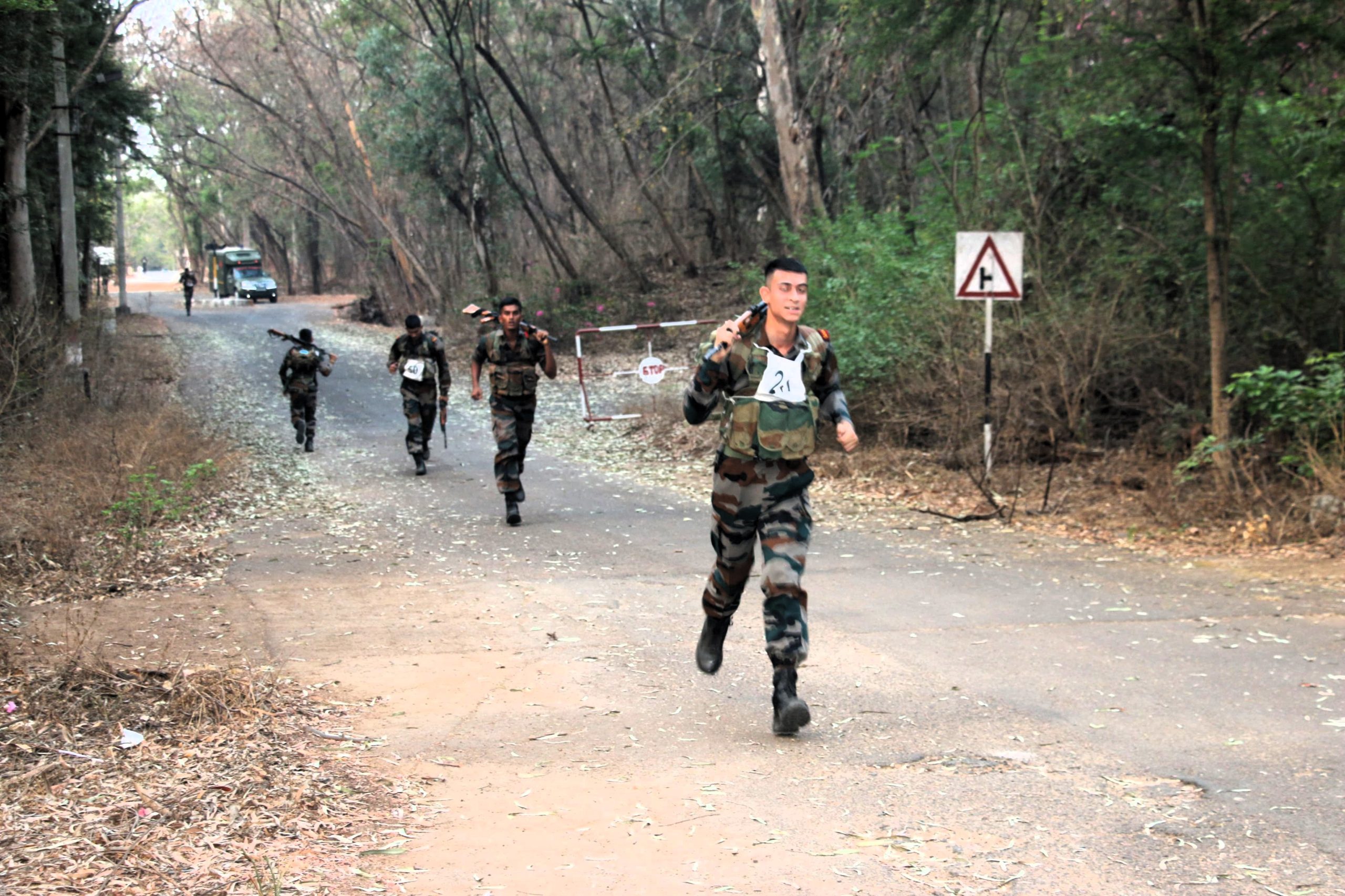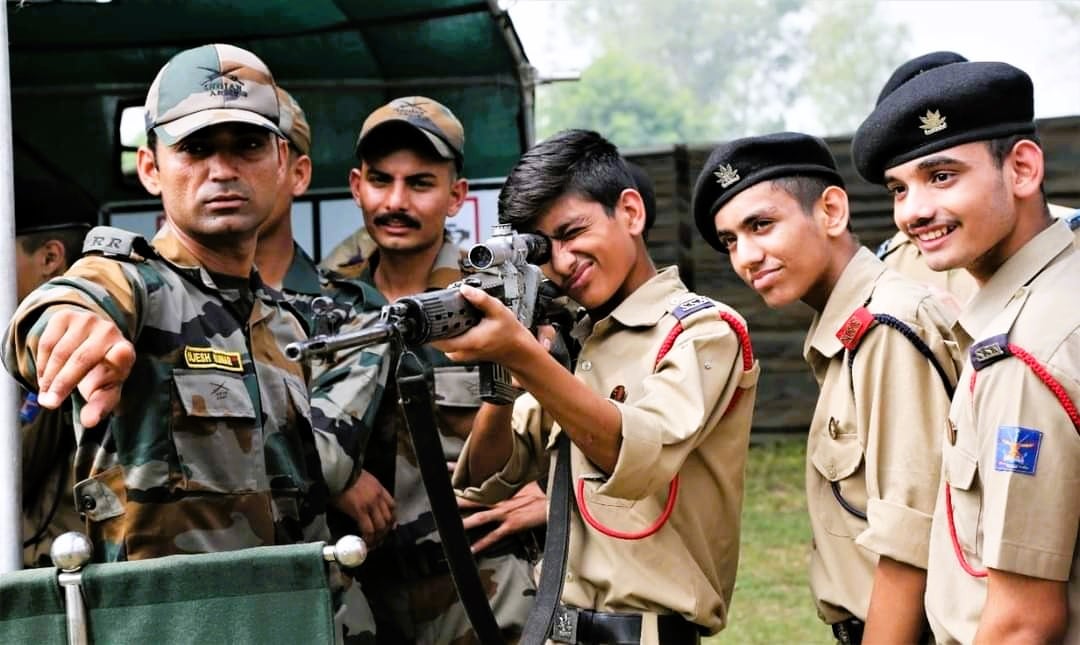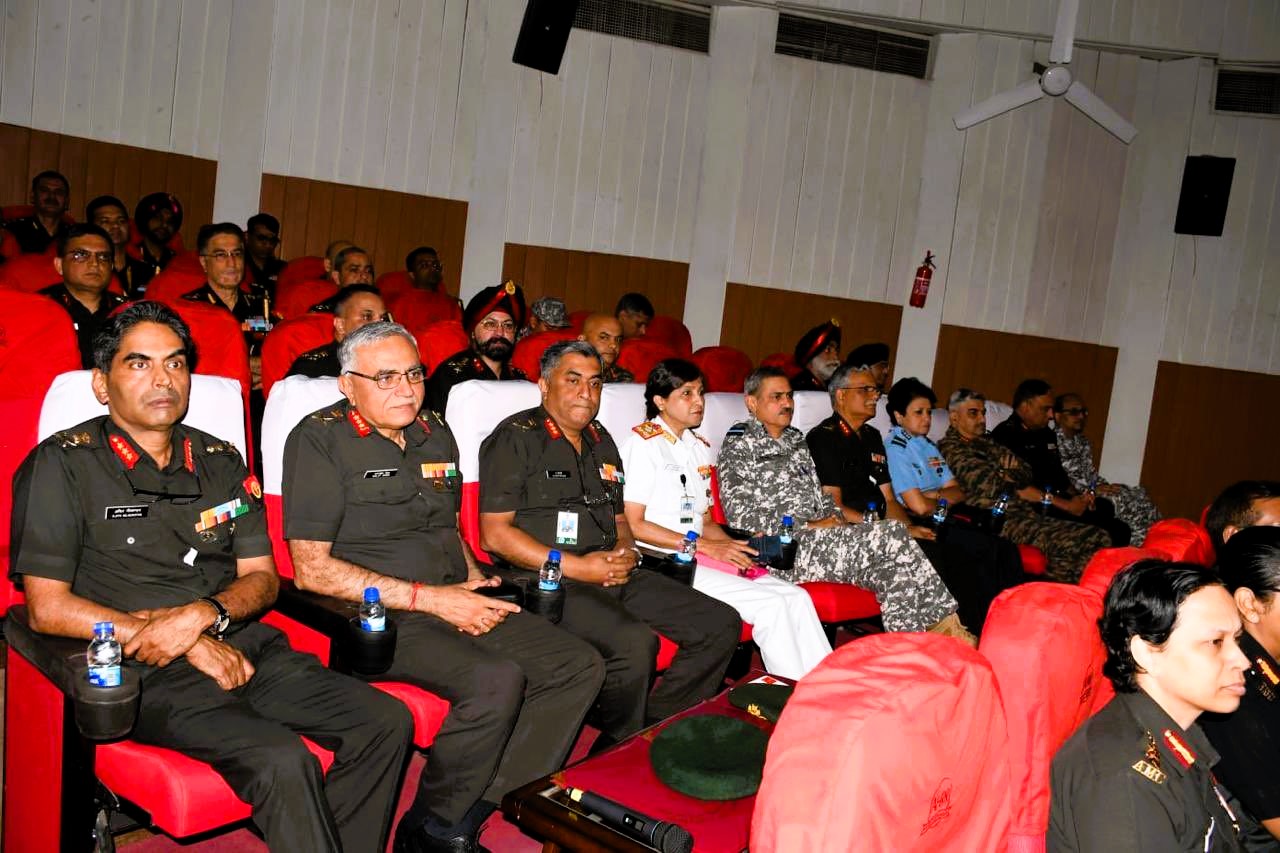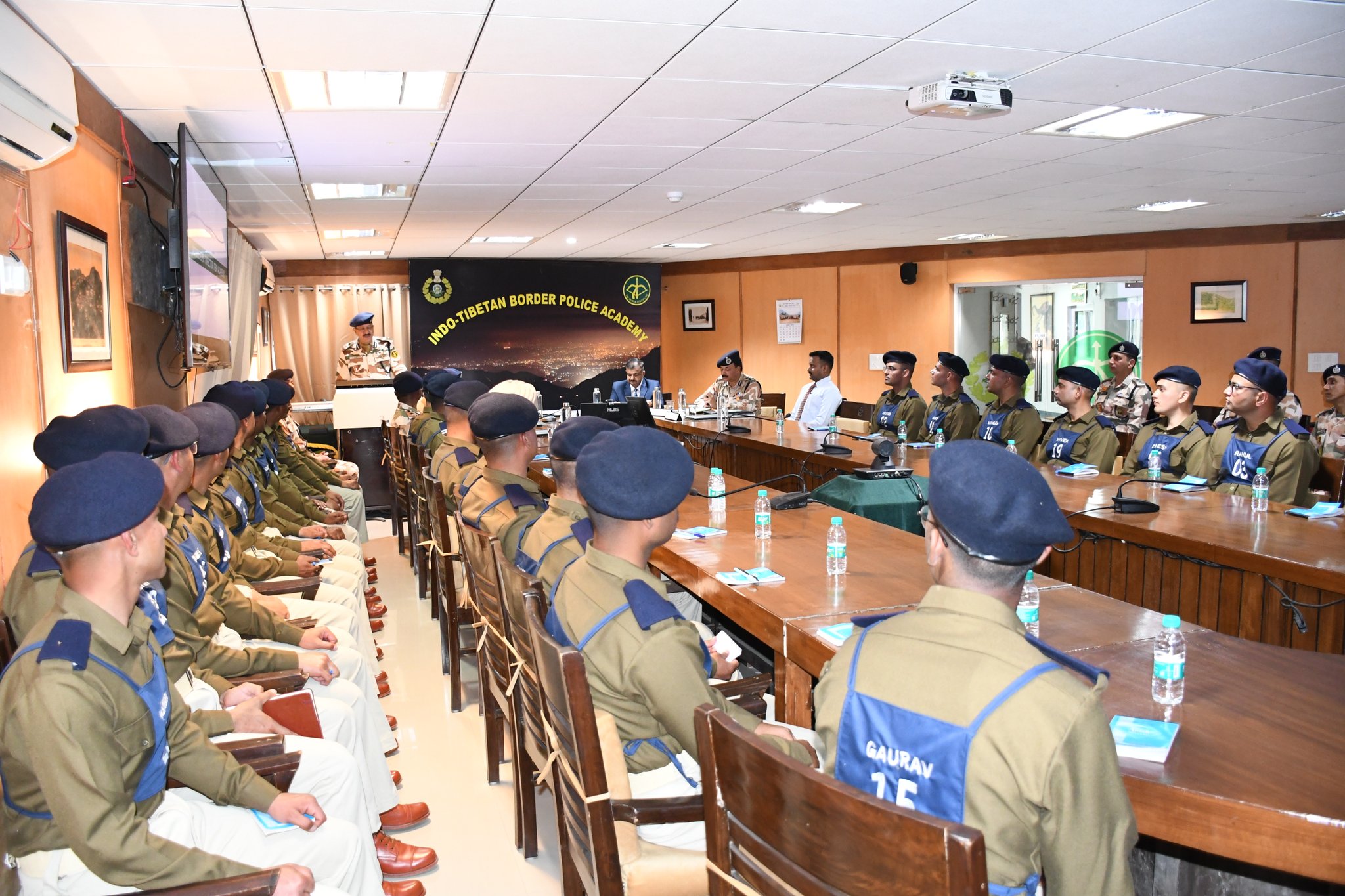Indian Navy’s INS Sharda Honored for Anti-Piracy Heroics
In a testament to the Indian Navy's unwavering commitment to maritime security, Admiral R Hari Kumar, Chief of the Naval…
Inter Platoon Gladiator Competition Conducted at MCEME
The Military College of Electronics and Mechanical Engineering (MCEME) witnessed a remarkable display of skill, determination, and mental robustness in…
Sainik School Counselling 2024 Seat Allocation Result for Class 6 and 9
Update: AISSEE 2024 Sainik School Counselling Results Released: Access Round 1 Seat Allotment for Classes 6 and 9 Now. Notice…
Exercise Chindits Conducted at OTA Gaya
Officer Cadets at the Officers Training Academy (OTA) in Gaya, Bihar, recently demonstrated exceptional mental and physical strength in Exercise…
New Advances in Combat Medical Support Discussed at New Delhi Symposium
A significant symposium titled "Combat Medical Support & Care: Current Trends and Future Directions" was conducted at the Army Hospital…
ITBP’s Landmark PG Diploma Launches Security Leadership
In a significant step towards enhancing the professional capabilities of its personnel, the Indo-Tibetan Border Police (ITBP) marked a historic…

